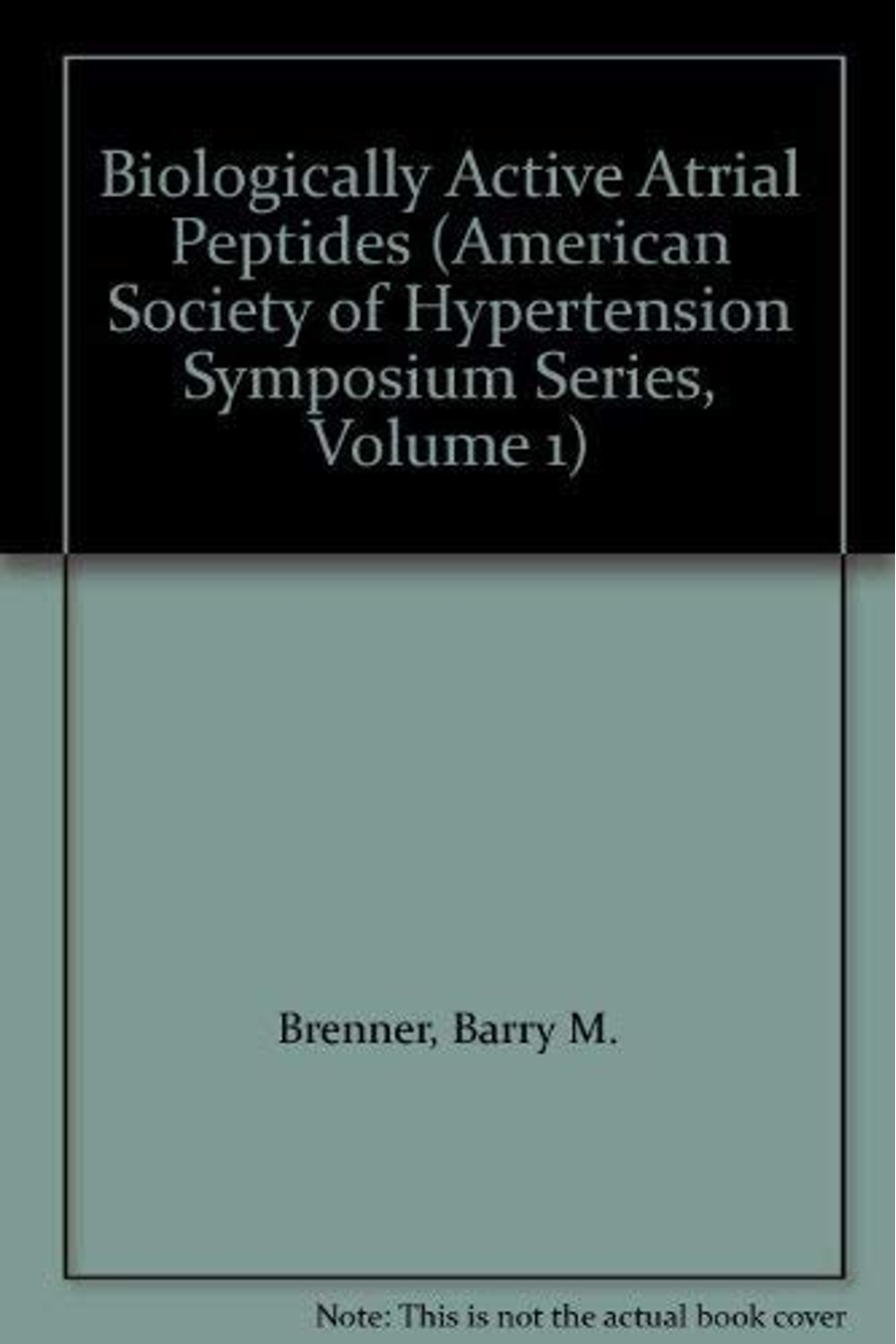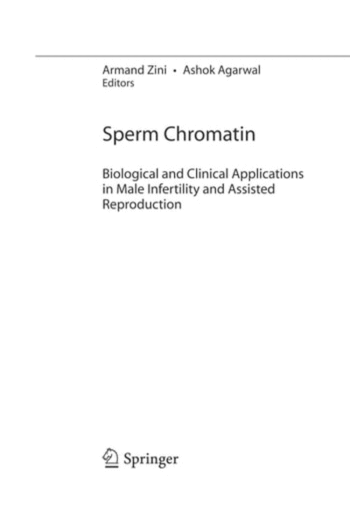Dive into the foundational research on atrial natriuretic factor (ANF) with “Biologically Active Atrial Peptides (American Society of Hypertension Series Vol 1),” edited by the distinguished nephrologist, Barry M. Brenner. Published in 1987, this hardcover explores the then-cutting-edge discoveries surrounding ANF’s role in cardiovascular and renal physiology. Although dated, this volume is considered a cornerstone in understanding fluid and electrolyte balance and blood pressure regulation. Explore the pioneering work on ANF’s amino acid sequence, gene structure, and receptor characteristics. Discover the early understanding of cyclic GMP’s role as a crucial second messenger mediating ANF’s effects, influencing vasorelaxation, sodium excretion, and aldosterone production. This book offers a comprehensive look at ANF’s interaction with the kidney, blood vessels, and adrenal cortex, providing a detailed account of its physiological and pharmacological effects. While research has advanced considerably since its publication, this book serves as a valuable historical resource for researchers, students, and clinicians interested in the evolution of our understanding of ANF and its role in hypertension and related disorders. Ideal for medical libraries, researchers, and those seeking a deeper understanding of this critical peptide hormone.
Biologically Active Atrial Peptides (American Society of Hypertension Series Vol 1)
15,11 $
In stock
This volume presents the latest findings on the biological actions of atrial peptides, their nucleic acid precursors, their target tissue receptors, and post-receptor biochemical events. Included are reports of research elucidating the amino acid sequence of the active circulating peptide, as well as its prohormone and preprohormone forms, their gene structure, and the characteristics of target tissue receptors. Several studies on post-receptor events, especially the activation of particulate guanylate cyclase, suggest a crucial role for cyclic GMP as the second messenger responsible for many of the actions of atrial peptides, including vasorelaxation, natriuresis, diuresis, and inhibition of adrenal aldosterone biosynthesis. The cardiovascular and renal actions of atrial natriuretic peptide are covered in depth, as well as its interactions with the kidney, blood vessels, adrenal cortex, and other tissues and organs and its role in the short- and long-term maintenance of water and electrolyte balance. Full consideration is also given to the physiology, pharmacology, and pathophysiology of atrial natriuretic peptide.
| Authors | |
|---|---|
| Binding | |
| Condition | |
| ISBN-10 | 0881673064 |
| ISBN-13 | 9780881673067 |
| Language | |
| Pages | 626 |
| Publisher | |
| Year published | |
| Weight | 4000 |
Related products
Cognition on Cognition
33,63 $
- Additional information
- Currencies
- USD – United States dollar
- EUR – Euro
- GBP – Pound sterling
- CNY – Chinese yuan
- BRL – Brazilian real
- MXN – Mexican peso
- JPY – Japanese yen
- PHP – Philippine peso
- THB – Thai baht
- PLN – Polish złoty
- CAD – Canadian dollar
- MYR – Malaysian ringgit
- AUD – Australian dollar
- TWD – New Taiwan dollar
- CZK – Czech koruna
- SEK – Swedish krona
- HUF – Hungarian forint
- ILS – Israeli new shekel
- CHF – Swiss franc
- HKD – Hong Kong dollar
- DKK – Danish krone
- SGD – Singapore dollar
- NOK – Norwegian krone
- NZD – New Zealand dollar





